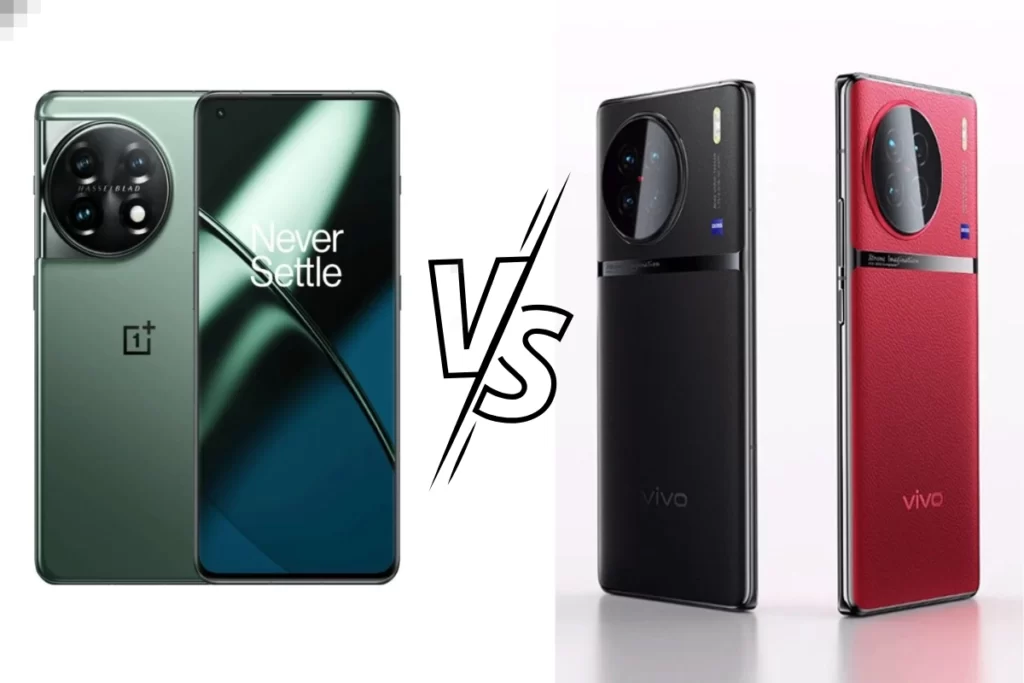Designing Mobile Apps in Photoshop: Mobile applications have become an integral part of our lives, and with the increasing demand for apps, designing them has become a popular career choice. When it comes to designing mobile apps, Photoshop is one of the most powerful tools in the designer’s toolbox. In this comprehensive guide, we will explore the process of designing mobile apps in Photoshop, from the initial concept to the final product.
Understanding the App Design Process
Designing a mobile app requires a systematic approach to ensure that the final product is user-friendly, aesthetically pleasing, and functional. The app design process typically involves the following stages:
- Conceptualization
- Wireframing
- Designing UI elements
- Prototyping
- Testing and feedback
- Refining and finalizing the design
Tools and Techniques for Designing Mobile Apps in Photoshop
Photoshop offers a wide range of tools and techniques that make the app design process efficient and effective. Here are some essential tools and techniques for designing mobile apps in Photoshop:
Download Youtube Shorts: Top 10 YouTube Shorts Downloaders in 2023 [Free & Online]
Artboards
Artboards are a powerful feature in Photoshop that allow you to create multiple designs in a single document. With artboards, you can design different screens and layouts for your app without having to create separate files.
Layers
Layers are an essential feature in Photoshop that allow you to organize and manage your design elements efficiently. You can use layers to group related elements, hide or show specific elements, and apply layer styles.
Smart Objects
Smart Objects are a powerful feature in Photoshop that allow you to work with vector and raster graphics without losing quality. With Smart Objects, you can scale and transform your design elements without losing resolution.
Layer Styles
Layer Styles are a set of effects that you can apply to your design elements to enhance their appearance. Layer Styles include drop shadows, gradients, strokes, and bevels.
Download Vidmate APK Latest Version 2023 – Free, Latest Version APK Download
Grids and Guides
Grids and guides are essential tools in Photoshop that help you align your design elements accurately. You can use grids and guides to create a consistent layout and ensure that your design elements are evenly spaced.
Creating Wireframes in Photoshop
Wireframes are the blueprint of your app design, and they provide a visual representation of the app’s layout and structure. Creating wireframes in Photoshop allows you to design the app’s basic structure and layout before adding the details. With wireframes, you can ensure that the app’s navigation, hierarchy, and content flow are intuitive and easy to use.
Designing UI Elements in Photoshop
UI elements are the visual components of your app, including icons, buttons, forms, and navigation bars. Designing UI elements in Photoshop requires a combination of creativity, attention to detail, and technical skills. Here are some tips for designing UI elements in Photoshop:
Icons
Icons are essential design elements in mobile apps that provide visual cues and help users navigate the app. When designing icons in Photoshop, it is essential to consider the app’s brand identity, color palette, and visual style.
Buttons
Buttons are an essential UI element in mobile apps that allow users to interact with the app’s features When designing buttons in Photoshop, it is crucial to ensure that they are easy to click, have a clear call-to-action, and are consistent with the app’s visual style. You can use layer styles and gradients to create buttons that stand out and are visually appealing.
Forms
Forms are essential UI elements in mobile apps that allow users to input data and interact with the app’s features. When designing forms in Photoshop, it is essential to ensure that they are easy to use, visually appealing, and consistent with the app’s overall design.
Navigation Bars
Navigation bars are essential UI elements in mobile apps that allow users to navigate the app’s content and features. When designing navigation bars in Photoshop, it is crucial to ensure that they are intuitive, easy to use, and consistent with the app’s visual style.
Creating Interactive Prototypes in Photoshop
Interactive prototypes are a powerful tool for testing and refining your app’s design. With interactive prototypes, you can simulate the app’s functionality and user flow and get feedback from users before finalizing the design. Photoshop offers several tools and plugins for creating interactive prototypes, including Adobe XD and InVision.
Designing for Different Screen Sizes and Resolutions
Designing for different screen sizes and resolutions is a critical aspect of mobile app design. With the increasing number of devices and screen sizes, it is essential to ensure that your app’s design is responsive and adaptable to different screen sizes and resolutions. Photoshop offers several tools and techniques for designing responsive layouts, including the use of artboards, grids, and guidelines.
Exporting Assets for Development
Exporting assets for development is the final stage of the app design process. When exporting assets, it is essential to ensure that they are optimized for performance and meet the development team’s requirements. Photoshop offers several tools and plugins for exporting assets, including the Adobe Asset Export panel and the Zeplin plugin.
Tips and Tricks for Designing Mobile Apps in Photoshop
Here are some tips and tricks for designing mobile apps in Photoshop:
- Use shortcuts and hotkeys to speed up your workflow
- Use layer comps to manage multiple versions of your designs
- Use color swatches and gradients to ensure consistency in your design
- Use the align and distribute tools to ensure that your design elements are evenly spaced
- Use the layer styles and blending modes to create unique effects
Best Practices for Mobile App Design
Here are some best practices for mobile app design:
- Keep the app’s design simple and intuitive
- Use consistent typography, color, and visual style
- Use high-quality images and graphics
- Test the app’s design with real users
- Continuously iterate and refine the design based on feedback
Conclusion
Designing mobile apps in Photoshop is a complex process that requires a combination of creativity, technical skills, and attention to detail. By following the app design process, using the right tools and techniques, and adhering to best practices, you can create mobile apps that are visually appealing, user-friendly, and functional.
FAQs
- Do I need to know how to code to design mobile apps in Photoshop? No, you do not need to know how to code to design mobile apps in Photoshop. However, it is essential to have a basic understanding of app development and to work closely with the development team to ensure that your designs are feasible.
- Can I use other design tools besides Photoshop for designing mobile apps? Yes, there are many other design tools available for designing mobile apps, including Sketch, Figma, Adobe XD, and InVision.
- What are some common mistakes to avoid when designing mobile apps in Photoshop? Some common mistakes to avoid when designing mobile apps in Photoshop include designing for only one screen size, neglecting user experience, using too many visual effects, and ignoring accessibility.
- Can I use Photoshop to create animated interfaces for my mobile app? Photoshop is primarily a design tool and does not offer advanced animation capabilities. However, you can create simple animations using Photoshop’s timeline feature or export your design assets to After Effects for more advanced animations.
- How can I ensure that my mobile app’s design is accessible to users with disabilities? To ensure that your mobile app’s design is accessible to users with disabilities, it is essential to follow accessibility guidelines, such as the Web Content Accessibility Guidelines (WCAG), and test your design with assistive technology, such as screen readers.
In summary, designing mobile apps in Photoshop requires a combination of creativity, technical skills, and attention to detail. By following the app design process, using the right tools and techniques, and adhering to best practices, you can create mobile apps that are visually appealing, user-friendly, and functional. Remember to continuously iterate and refine your design based on feedback and to always keep the user experience in mind.



